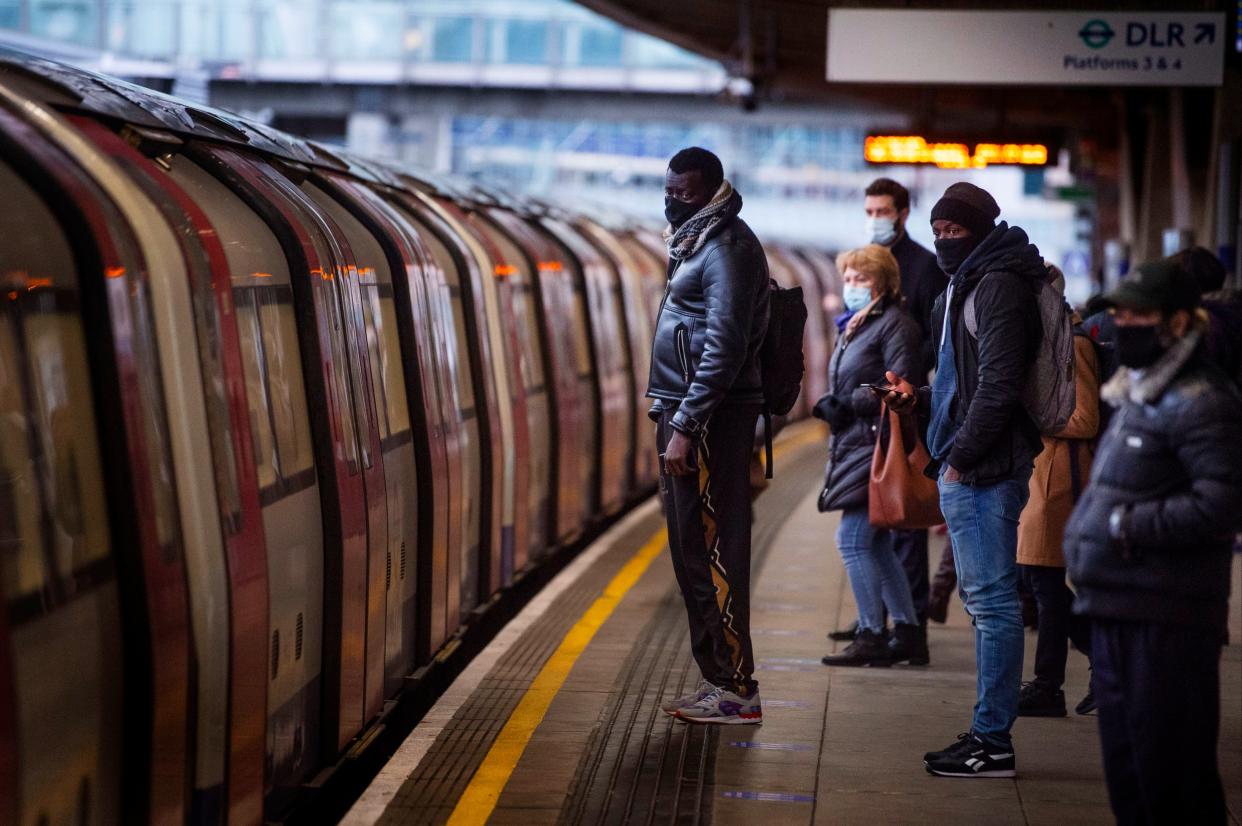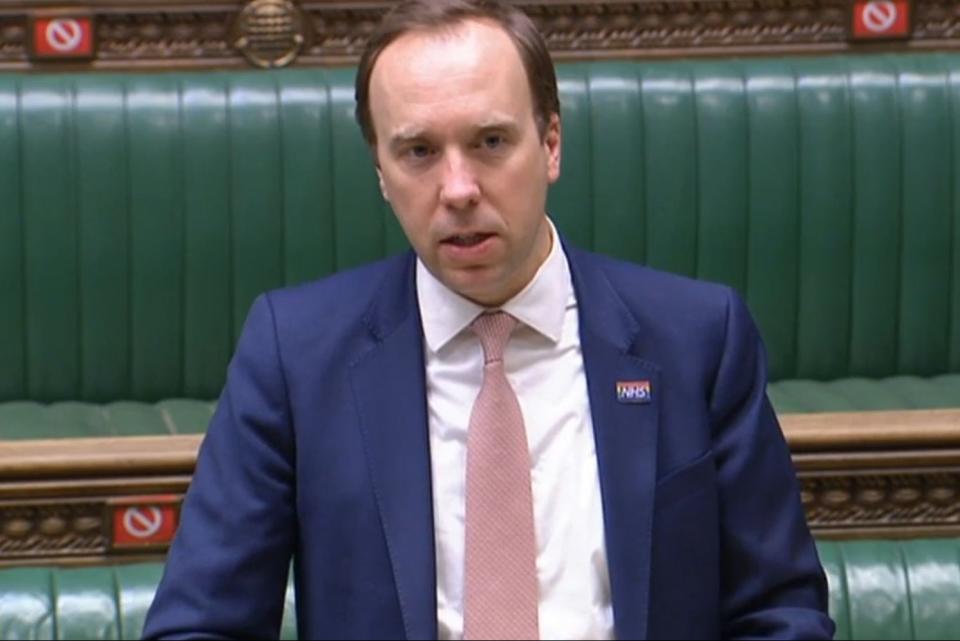Decline of coronavirus infection rate slowing and could even be on the rise in London, worrying figures show

The rate of decline in Covid-19 infections in England has slowed and in the capital it may even be on the rise, worrying new figures show.
One in every 213 people in the country is still testing positive for Covid-19, the Imperial College London’s React study found.
In some parts of the country the rate of decline has plateaued and in places there are hints that rates are increasing, the data suggest.
Researchers warned that if infection rates start to rise then people who are due their jab imminently may become infected.
They said infection rates need to get as low as possible to give the vaccination programme the best chance of working.
Health Secretary Matt Hancock said that there is “some cause for concern” that progress in the reduction in infections could be slowing down.
The study also suggested that some professions have had higher rates of infection than others during the national lockdown – including teachers and transport jobs.
Scientists have previously said that the jobs which are “open” are likely to carry higher rates of infection during this period, when other workers stay at home.
The Imperial College London’s React study has been analysing data from swab tests taken from people across England since May last year.
To date more than 1.4 million people have provided swabs so experts can assess infection rates across the country.
Watch: COVID-19 Deaths are down and infection rates are falling, but US is far from out of the woods
The latest round of tests was conducted in February – the second month of the national lockdown – with 165,000 people taking part.
The study, which has been published as a pre-print, drew a number of conclusions, including:
– 689 people in the study tested positive for the virus.
– The rate of infection in the community was 0.49 per cent – down by two-thirds from January when the rate was 1.57 per cent.
– But when researchers compared the decline from the first half of February to the second half there was a slower rate of reduction.
In the first half of February the estimated rate of infection was 0.51 per cent and in the second half of the month the rate was 0.47 per cent.
– Researchers noted apparent rises in London, the South East and the Midlands.
– People with a Pakistani background were found to have higher rates of infection compared to other ethnic groups.
– Healthcare, care, transport workers and education workers – including teachers – were found to have higher rates of infection than those who did not work in these professions.
– Home workers had a reduction in the odds of being infected.
Commenting on the study, Mr Hancock said: “There is some cause for concern that our hard-won progress may be slowing down, and even reversing in some regions so it is important we remain vigilant – this is on all of us.
“We have set out a cautious but irreversible approach to easing restrictions, but until we reach each milestone we must all remember the virus is still here, and still dangerous.
“Please continue to stay at home – practise hands, face, space – and get your jab when you receive your invite so we can bring down infections further.”

Steven Riley, professor of infectious disease dynamics at Imperial College London, said between January and February there was a “substantial drop” in cases across all regions of the country.
But he added: “The prevalence of swab positivity in England continues to fall but the rate of decline has slowed and there are some areas where prevalence may be increasing.
“In London the rate of decline certainly appears to have stopped and there is a possible signature there that it may be going up.”
On the vaccine programme, he added: “If we want the vaccination technology and rollout to give the most people the best chance then we do need to get the infection rate lower for a little bit longer.
“What we need is to keep infections really low so that people who will get offered a vaccine three or four weeks from now or six weeks from now don’t get infected just before they are offered a vaccine.”
Professor Paul Elliott, director of the React programme, and chair in epidemiology and public health medicine at Imperial, said: “We want to protect as many people as possible, and at the moment there are a lot of people who haven’t been vaccinated, but they will get vaccinated very shortly.
“If we can just all stick together and pay attention to the lockdown rules then hopefully we can minimise the number of infections before everyone who needs and wants a vaccine gets one.”
Watch: Do coronavirus vaccines affect fertility?
Read More
Covid infection rate plummets as spread down 80% in London - study
Covid patients in hospital now under 10,000 as pressure on NHS eases

 Yahoo News
Yahoo News 
